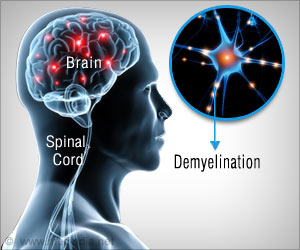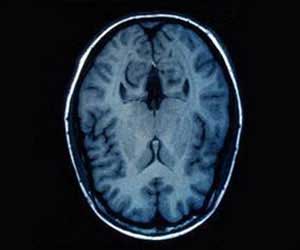A specific enzyme in the brain - CYP46A1 - could reduce the formation of debilitating brain lesions in Alzheimer's disease and cerebrotendinous xanthomatosis.

‘Enhancing the activity of CYP46A1 enzyme in the brain pharmacologically, or finding ways to steer it closer to pockets of cholestanol could help remove the harmful accumulations that lead to brain lesions.’





A clinical trial to test the enzyme’s potential as a therapeutic target is planned for later this year.
The researchers hypothesized that CYP46A1 could also help remove another cholesterol-like molecule - cholestanol. Cholestanol is normally found in very low levels in the body, at least 500 times less often than cholesterol, but spikes in people with a rare, uncurable genetic disease called cerebrotendinous xanthomatosis. Patients with the disease slowly accumulate cholestanol in areas of the brain responsible for muscle coordination, causing seizures, involuntary movements, and cognitive decline. With help from the right enzymes, the debilitating accumulations could be eliminated.
"We found that CYP46A1 enzyme not only eliminates cholesterol but also cholestanol from the brain," said Irina Pikuleva, study lead and Professor and Vice Chair of Research in the Department of Ophthalmology and Visual Sciences at Case Western Reserve University School of Medicine. "CYP46A1 also seems to eliminate cholestanol from many regions of the brain except the cerebellum."
The findings explain why people with the rare genetic disease end up with toxic levels of cholestanol in their cerebellums specifically. Without the elimination process in that brain region, cholestanol accumulates and wreaks havoc on brain circuitry.
The discovery is a huge step forward in understanding the mechanism behind the rare genetic disease and its associated brain lesions that have perplexed doctors for decades.
Advertisement
The study is also the first to implicate the enzyme CYP46A1 in cholestanol metabolism at all, which could inform other research related to lipid storage disorders.
Advertisement
Mice in the experiments metabolized brain cholestanol at different rates in different brain regions, depending on the ratios of cholesterol- and cholestanol-processing enzymes present. Said Pikuleva, "We found there are differences in the way different brain regions eliminate cholesterol and cholestanol."
The researchers suggest that enhancing the activity of CYP46A1 in the brain pharmacologically, or finding ways to steer it closer to pockets of cholestanol could help remove the harmful accumulations. The enzyme can be activated in mice by drugs already FDA-approved, including an HIV medication called efavirenz.
Pikuleva is currently developing a clinical trial to test whether or not the HIV medication can activate CYP46A1 sufficiently in the human brain. The clinical trial is backed by the Alzheimer’s Drug Discovery Foundation. Said Pikuleva, "If successful, this trial will identify CYP46A1 as a new pharmacologic target not only for the treatment of people with mild cognitive impairment due to early stage Alzheimer’s disease, but also for patients with cerebrotendinous xanthomatosis who do not respond to standard treatment."
Source-Eurekalert














